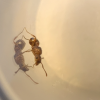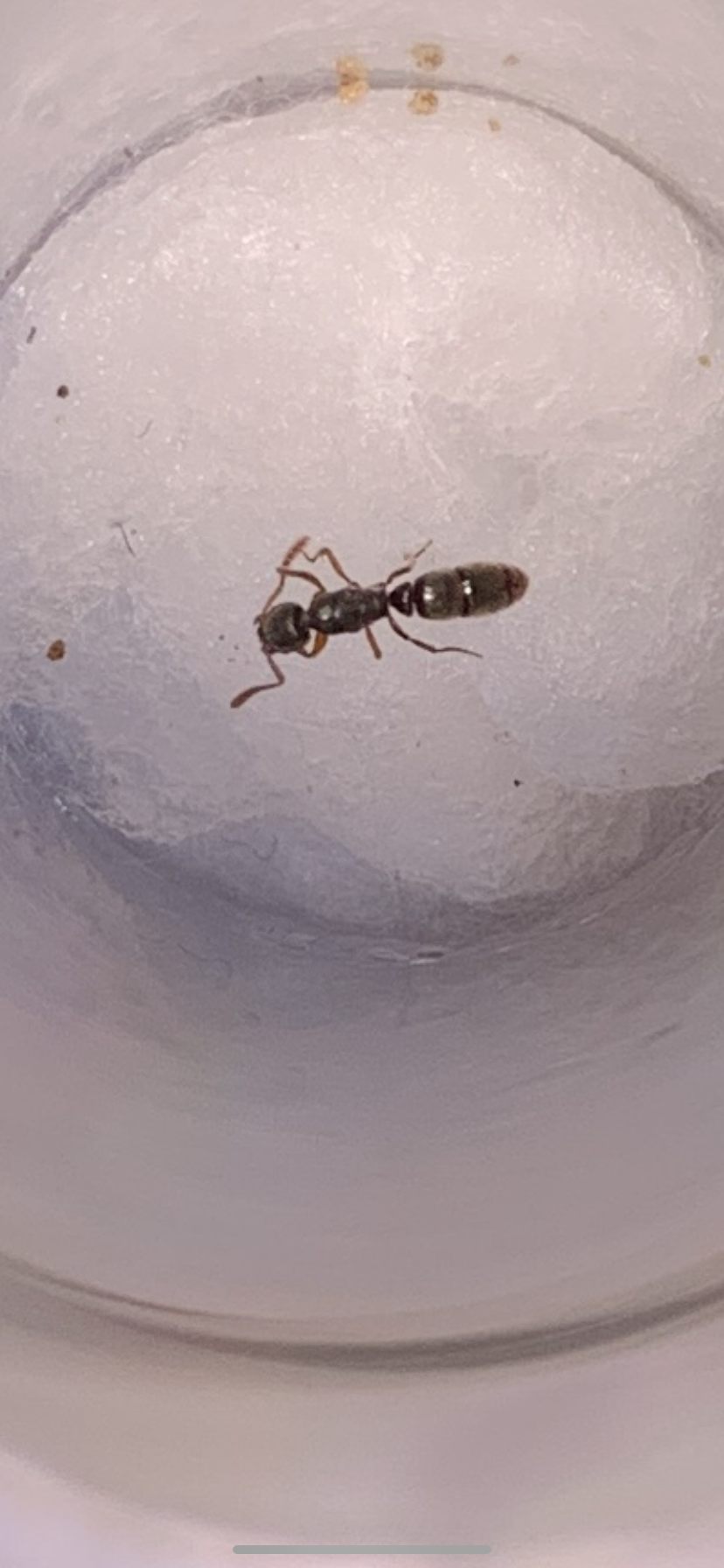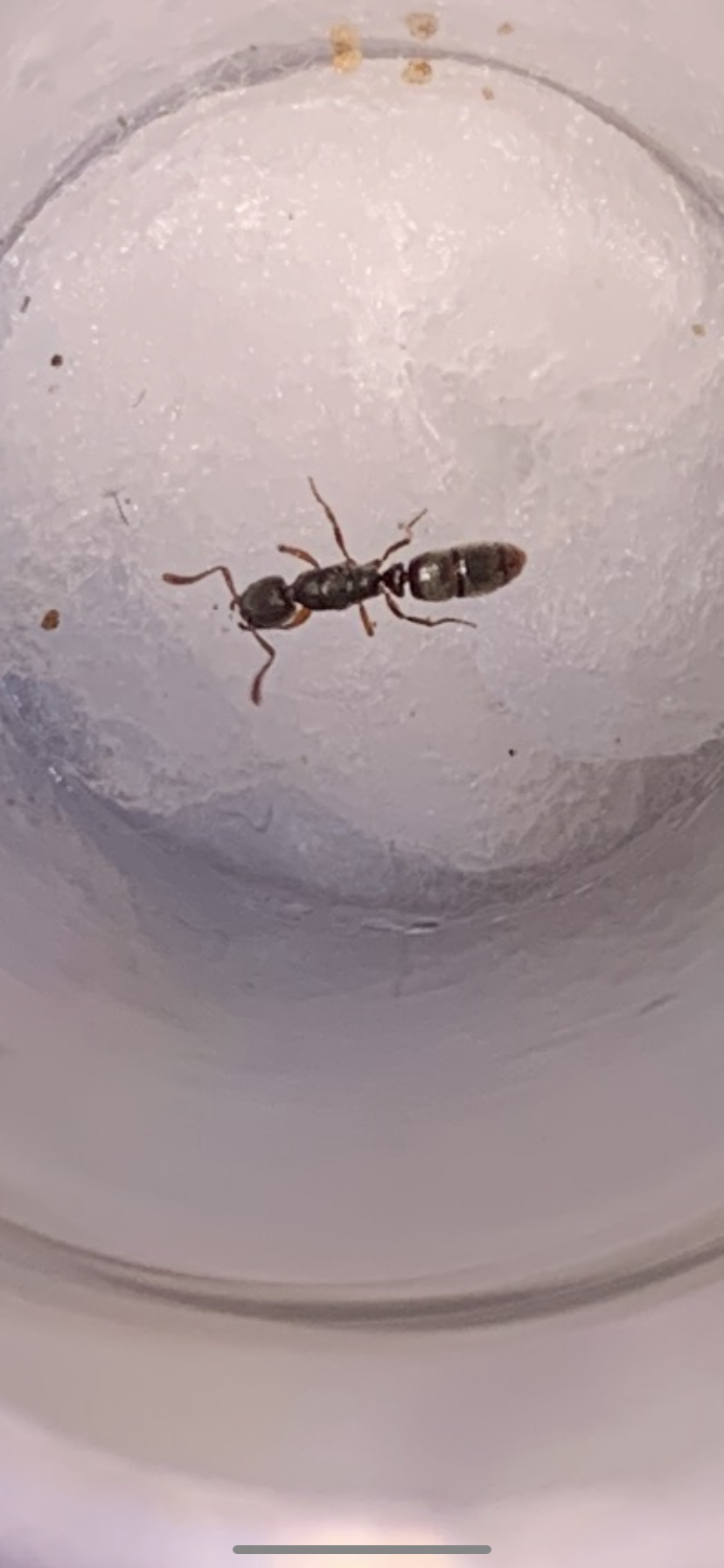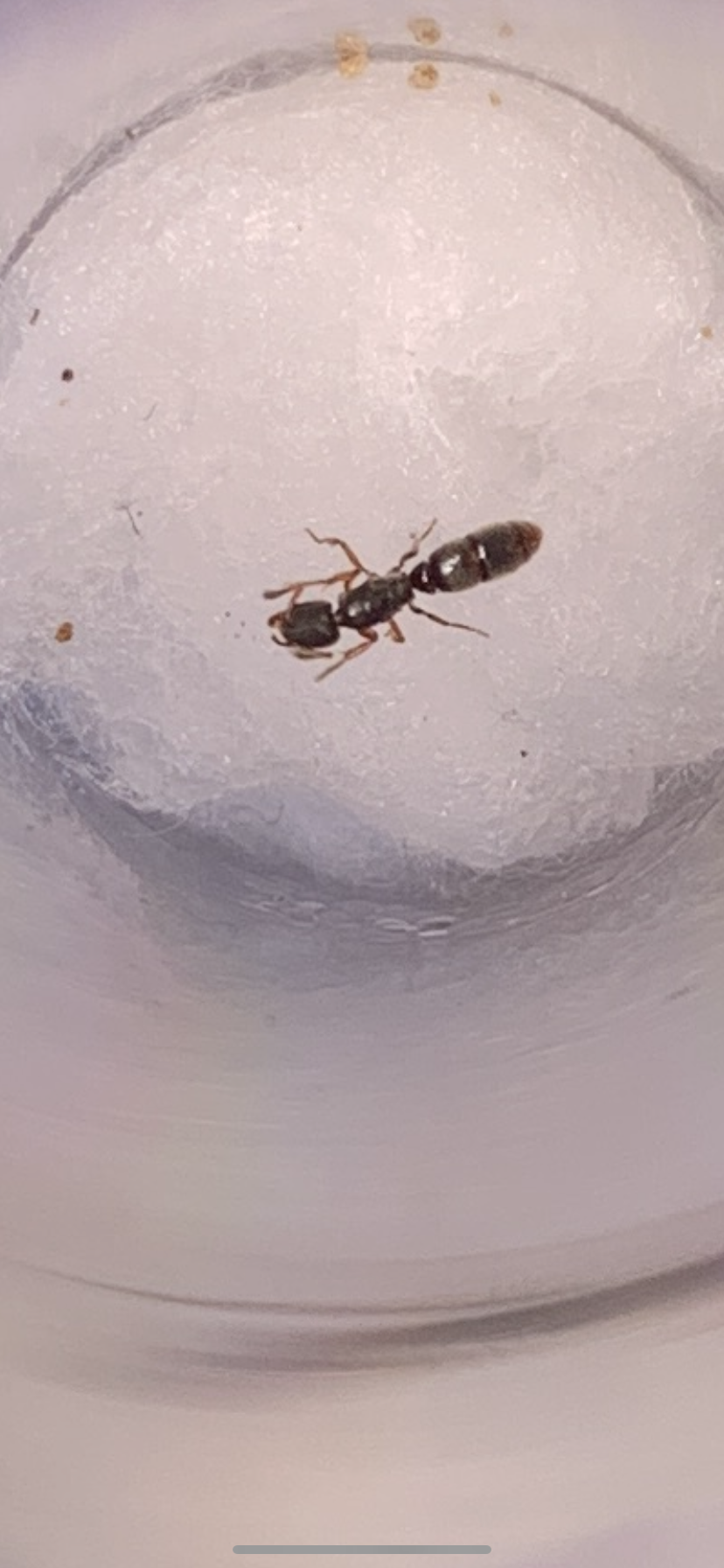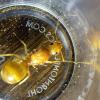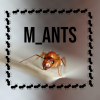1. Location (on a map) of collection: Wenatchee washington suburb backyard
2. Date of collection: may 9th 2021
3. Habitat of collection: underneath a planter
4. Length (from head to gaster): 1-3 mm
5. Color, hue, pattern and texture: black with stripes on gaster
6. Distinguishing characteristics: long body/gaster
7. Distinguishing behavior: N/A
8. Nest description: N/A
9. Nuptial flight time and date: N/A
if anyone is able to tell is this a queen ant or just a worker?

